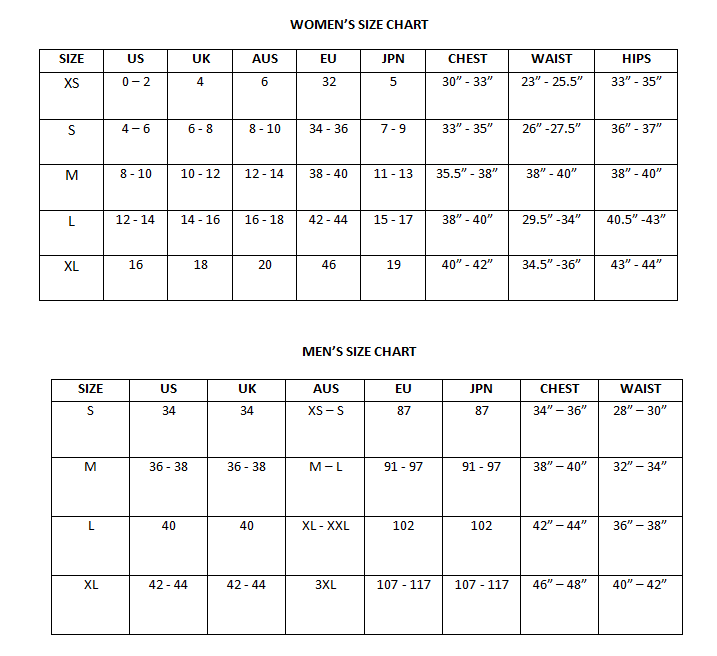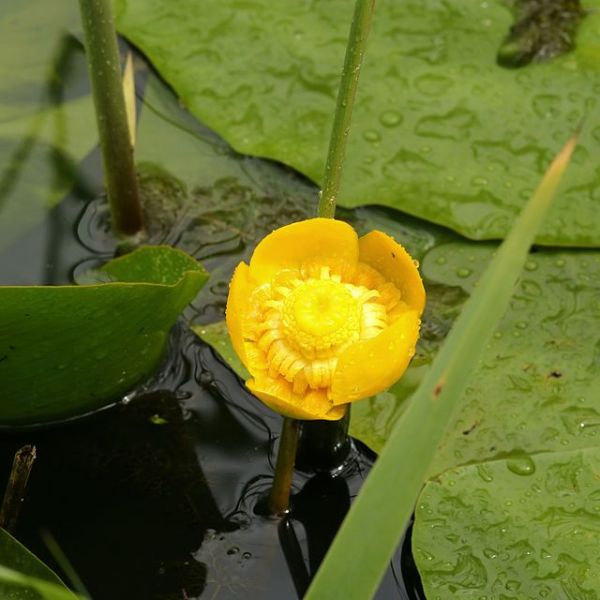Nuphar Lutea Seeds (Yellow Water-lily Seeds)
Nuphar Lutea Seeds (Yellow Water-lily Seeds)
Stunning aquatic plant with large heart-shaped leaves and vibrant yellow flowers, perfect for garden ponds and water features.

Delivery
All orders shipped with UPS Express.
Always free shipping for orders over US $250.
All orders are shipped with a UPS tracking number.
Returns
Items returned within 14 days of their original shipment date in same as new condition will be eligible for a full refund or store credit.
Refunds will be charged back to the original form of payment used for purchase.
Customer is responsible for shipping charges when making returns and shipping/handling fees of original purchase is non-refundable.
All sale items are final purchases.
Help
Give us a shout if you have any other questions and/or concerns.
Email: contact@domain.com
Phone: +1 (23) 456 789
Availability: Out of stock
SKU
Nuphar lutea
Nuphar lutea, also known as Yellow Water-lily,Brandy-Bottle or Spatterdock is a fast growing aquatic plant native to temperate regions of Europe, northwest Africa, and western Asia.
This aquatic plant grows in shallow water (lakes, ponds, rivers) and is known for its ornamental value. It can grow in water up to 5 metres deep. It is usually found in shallower water than the white water lily, and often in beaver ponds.
Nuphar lutea flowers bloom in June ? August. They are solitary and held above the water surface. They measure 2?4 cm diameter, with 5 or 6 large bright yellow sepals and numerous yellow petals concealed by the sepals. The flower has an alcoholic scent which attracts flies ? hence its alternative name of brandy bottle. The flower is followed by a green flask-shaped fruit of 4-6 cm that is full of seeds.
The deeper the water is, the larger the leaves are. The angled light green leaves can reach up to 40 cm long. The submerged leaves are roundish and wrinkled.
Nuphar lutea?s root can be eaten raw or cooked. It can be soaked in water to remove a bitter taste.
The seeds can be eaten raw or cooked too. They can be toasted.
Nuphar lutea requires a rich soil and a sunny position. It tolerates slow moving in water.
Hardiness zone 3-7
| Label | Nuphar lutea |
|---|---|
| Common name | Yellow Water-lily |
| Family | Nymphaeaceae |
| Genus | Nuphar |
| Species | Nuphar lutea |
| Therapeutic uses | The fresh root is anodyne, astringent and demulcent. The pulverized dried rhizomes have been used to stop bleedings. A tea made from the roots is used in the treatment of dysentery, diarrhoea etc. A poultice made from the roots is used in the treatment of swellings, boils, tumours, inflamed skin etc. |
| Germination | Sow in a greenhouse in pots submerged under 25mm of water. Prick out into individual pots as soon as the first true leaf appears and grow them on in water in a greenhouse for at least two years before planting them out in late spring. The seed is collected by wrapping the developing seed head in a muslin bag to avoid the seed being lost. Harvest it 10 days after it sinks below the soil surface or as soon as it reappears. Submerge in pots in shallow water until established. |
| Price View | Price Range |

